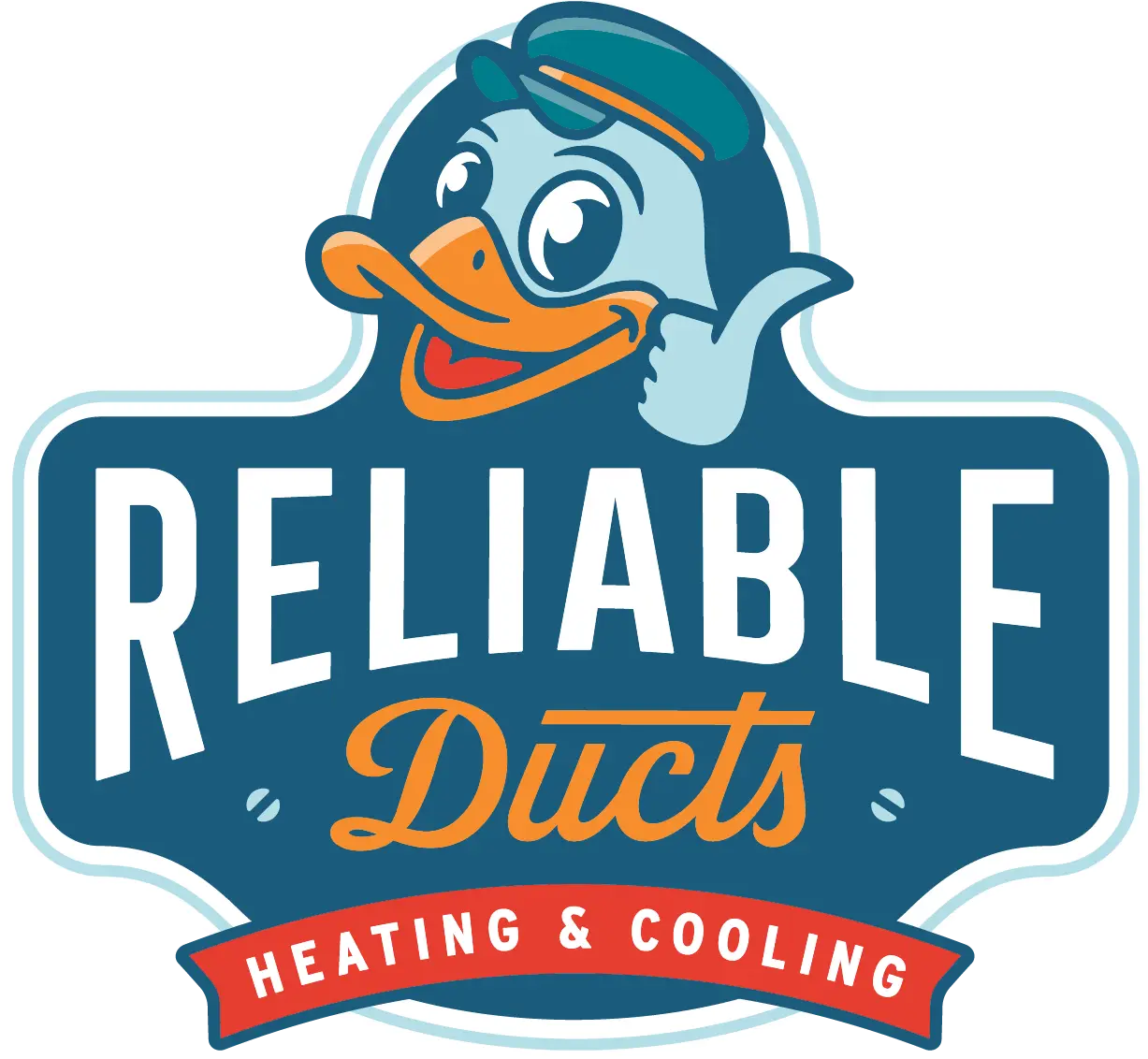Breathe Easy: How HVAC Systems Ensure Fresh Air in Fernandina Homes
[vc_row][vc_column][vc_column_text]Maintaining fresh air in your home is essential for your health and comfort, especially in Fernandina, FL. HVAC systems play a crucial role in ensuring that your indoor environment stays fresh and clean. Let’s delve into how HVAC systems contribute to fresh air in your home and why regular air conditioning repair and maintenance are […]
Beat the Heat with Reliable Ducts HVAC Help in Atlantic Beach, FL
[vc_row][vc_column][vc_column_text]The hot season in Atlantic Beach, FL, requires a reliable air conditioning system to keep you cool. Reliable Ducts provides comprehensive HVAC help, from air conditioning repair to installation and maintenance. Here’s how our HVAC services can help you beat the heat this summer. Fast and Reliable Air Conditioning Repair Services: A broken […]
Advanced Indoor Air Quality Solutions in St. Johns by Reliable Ducts
[vc_row][vc_column][vc_column_text]St. Johns, FL, a gem nestled in Northeast Florida, offers its residents a blend of modern living and natural beauty. However, this balance also brings unique challenges to maintaining indoor air quality, from pollen and allergens to humidity-related issues. Reliable Ducts HVAC Repair steps up to these challenges, offering a suite of services designed to […]
Recognizing Low Refrigerant Levels in Your HVAC System
[vc_row][vc_column][vc_column_text]Maintaining the right level of refrigerant in your HVAC system is crucial for its efficient operation. Refrigerant, the fluid essential for the heat transfer process in air conditioning and refrigeration systems, must be at a precise level for optimal performance. If the levels are too low, it can lead to higher energy costs, reduced cooling […]
Mold Remediation Tips for Homeowners – Activating HVAC After Treatment
[vc_row][vc_column][vc_column_text]Mold remediation is a critical step towards ensuring the health and safety of your home environment, especially when it comes to your HVAC system. Post-treatment, it’s essential to approach the reactivation of your heating, ventilation, and air conditioning (HVAC) system with caution to prevent the recurrence of mold. Here are some vital mold remediation tips […]
Impact of Animal Hair on AC Filters
[vc_row][vc_column][vc_column_text]For many pet owners, furry friends are beloved members of the family. However, those adorable pets can also be the source of a hidden problem affecting your home’s air conditioning system—specifically, the AC filters. Let’s explore what animal hair can do to your AC filters and why it’s essential to manage it effectively. Understanding […]
How to Identify Damaged Ductwork in Your Home
[vc_row][vc_column][vc_column_text]Your HVAC system’s ductwork is crucial for distributing conditioned air throughout your home. However, over time, ducts can sustain damage, leading to inefficiencies and poor indoor air quality. Knowing the signs of damaged ductwork can help you address issues early, ensuring your HVAC system operates at its best. Higher Energy Bills: One of […]
How to Beat the Heat in Jacksonville, FL: Your Ultimate Guide to Staying Cool
[vc_row][vc_column][vc_column_text]Jacksonville, FL, known for its sunny days and high temperatures, especially during the summer, can make staying cool a challenge. Whether you’re a local or planning to move here, understanding how to effectively manage your indoor climate is key. Here’s how you can beat the heat in Jacksonville with some savvy HVAC management. Understanding […]
Finding Your Comfort Zone: What Temperature Should You Set Your AC At?
[vc_row][vc_column][vc_column_text]As temperatures rise, finding the perfect setting for your air conditioning (AC) system becomes crucial for maintaining a comfortable indoor environment. However, determining the ideal temperature can be a subjective matter influenced by factors such as personal preference, energy efficiency goals, and environmental considerations. In this article, we’ll explore the factors to consider when setting […]
Finding the Perfect Balance: What Temperature Should You Set Your AC At?
[vc_row][vc_column][vc_column_text]As the scorching heat of summer bears down upon us, finding respite indoors often means relying on the cooling comfort of air conditioning. However, determining the ideal temperature setting for your AC unit can be a matter of contention, with preferences varying based on personal comfort, energy efficiency goals, and environmental considerations. In this article, […]
